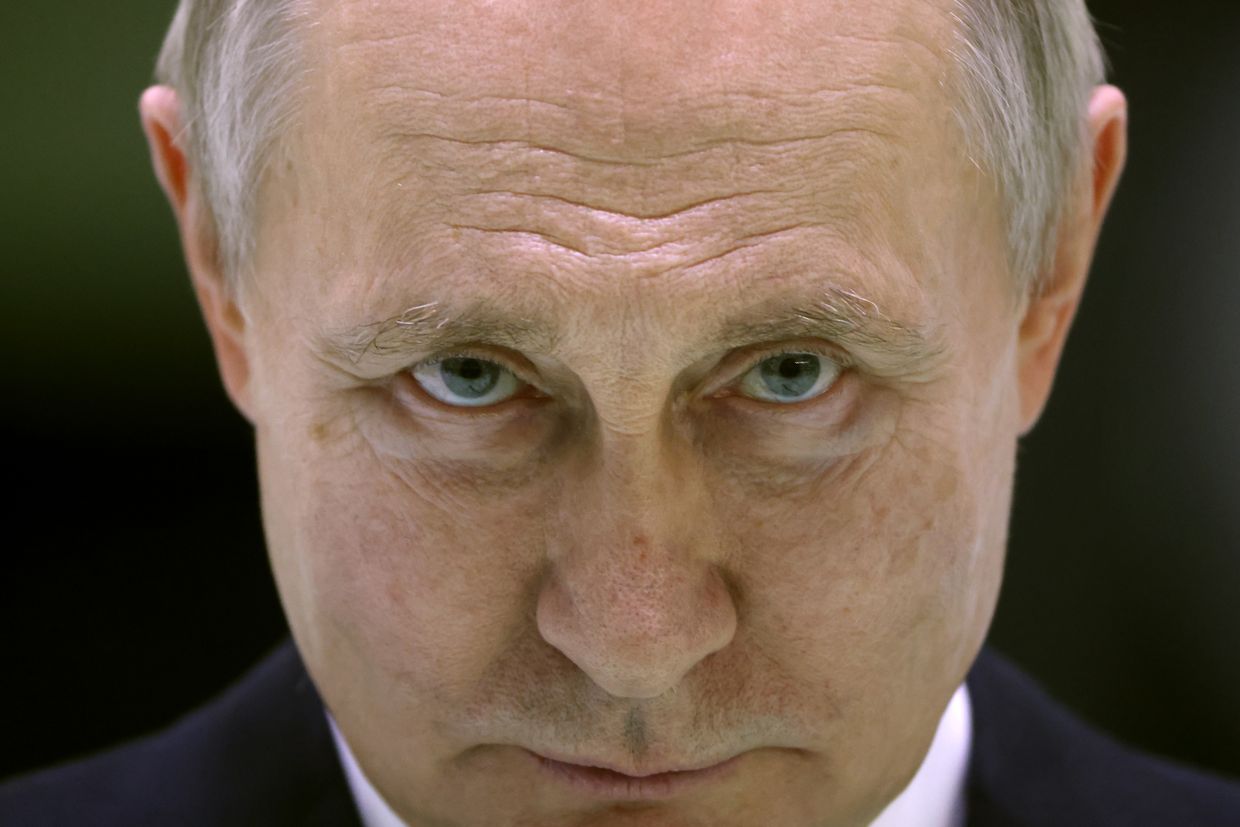According to recent satellite images, water is slowly returning to the Kakhovka Reservoir.
Hryhorii Kolomytsev, Ukrainian nature conservation expert and junior researcher at the I.I. Schmalhausen Institute of Zoology at the National Academy of Sciences, said on March 13 that the increase in water levels is a result of the spring thawing of snow.
"Without human intervention to control water levels artificially, we can now witness within the former Kakhovka Reservoir area the natural processes that occur in unregulated floodplains along rivers. These lands experienced spring watering for millennia prior to the construction of the hydroelectric power plant," he told the outlet Texty.org.
The dam of Kakhovka Hydroelectric Power Plant was destroyed by Russian forces in June 2023, which led to major draining of the Kakhovka Reservoir. According to Ukraine’s Environment Minister, Ruslan Strilets, the reservoir lost nearly three-quarters of its volume.
The water depletion spiked safety fears at the Russian-occupied Zaporizhzhia Nuclear Power Plant, which relied on water from the Kakhovka Reservoir to provide power for its turbine condensers. Plant personnel are now drilling for water in ground wells around the perimeter of the facility.
After the breach of the Kakhovka dam, severe flooding occurred along the Dnipro river, in Kherson Oblast. The flooding caused almost $14 billion in damage. The deaths of 29 people were attributed to the flooding, as well as at least 28 injuries. Tens of thousands of residents were displaced.
The destruction of the Kakhovka dam was one of the worst man-made environmental disasters in Ukrainian history.












